Recycle & Recover Titanium Chlorination Residues
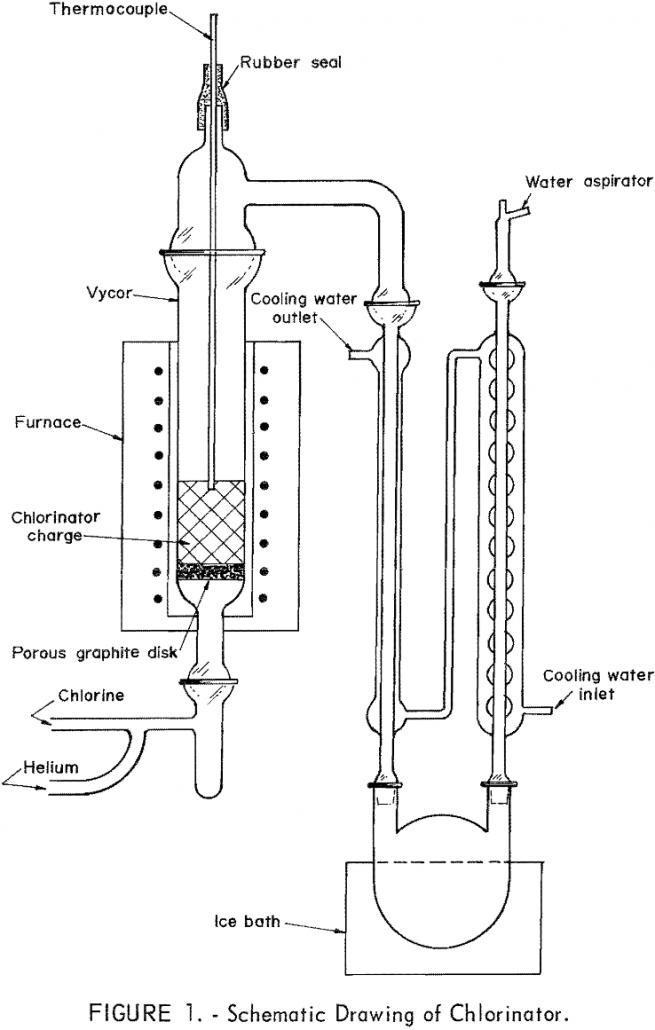
Approximately one-half of the weight of the sludge generated in the commercial production of purified TiCl4 from rutile can be recycled with a coincident diminution of waste disposal problems and the more efficient utilization of TiO2 and carbon in the processing operation. The sludge can be separated into soluble and insoluble fractions by water leaching, […]
Drillability – Percussion Drilling
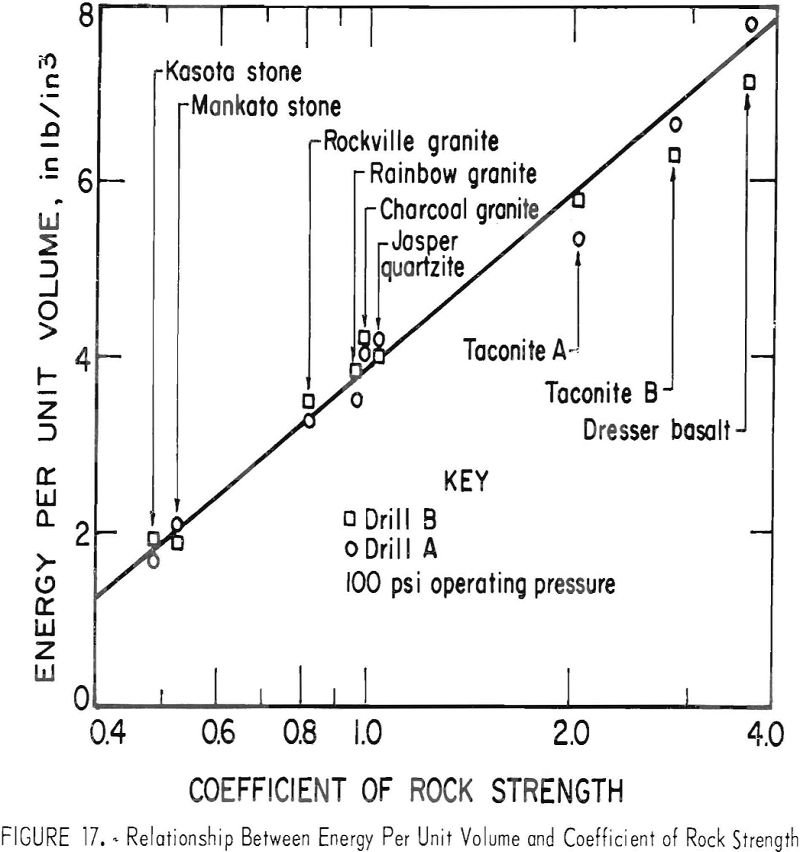
Penetration rate is increased by an increase in applied thrust up to an optimum point after which penetration decreases until the drill eventually stalls. Higher operating pressures result in increased penetration rates with the only apparent limitations being the design characteristics of the drill and bit and the ability to remove the cuttings produced. Rock […]
Ferrous Iron Oxidation by Activated Carbon
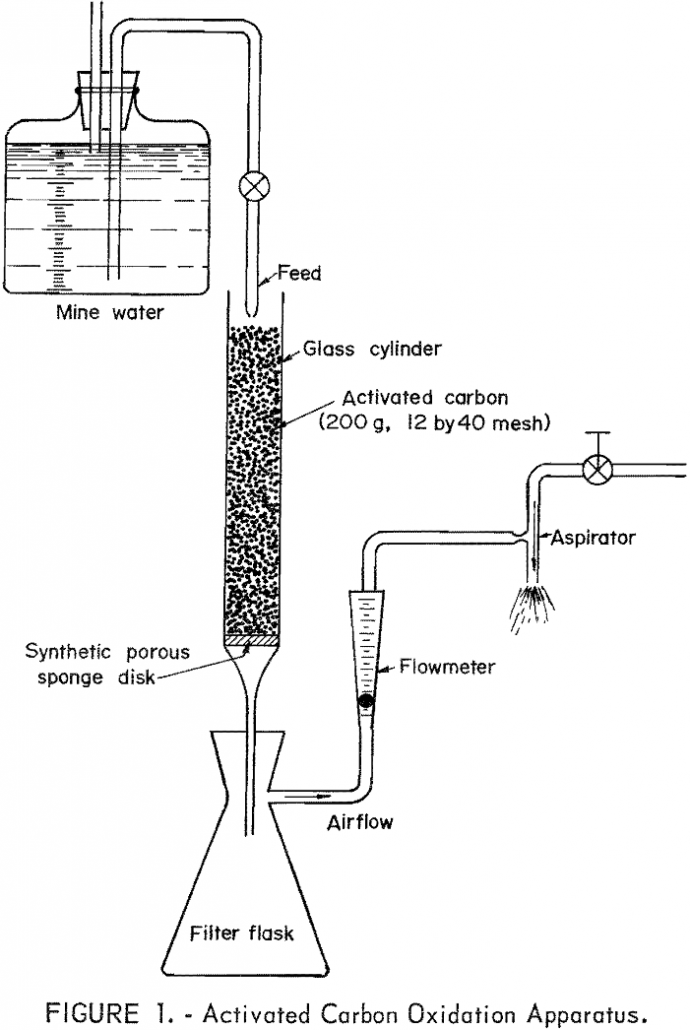
The exploratory tests conducted with activated carbon and a ferruginous acid mine water indicate that ferrous iron oxidation takes place catalytically at an extremely rapid rate. The brevity of this study did not allow defining the reaction kinetics, or resolving the various factors affecting the activated carbon-air-acid mine water system. The favorable preliminary results warrant […]
How to Dismantle Junk Cars for Scrap
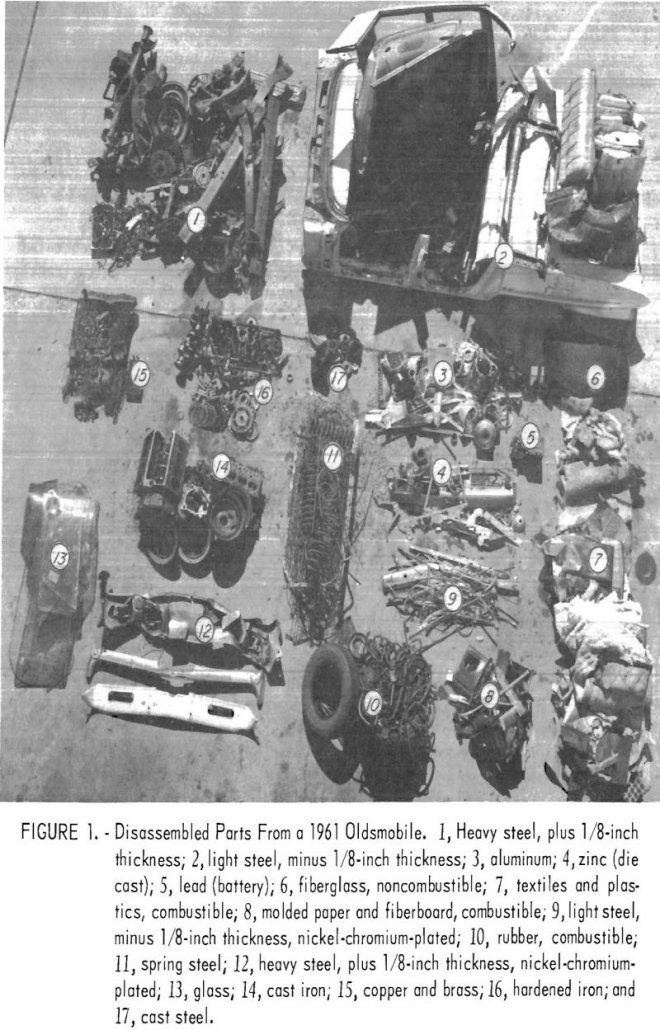
The proposed complete dismantling of the car removes all copper-containing parts; hence, the bales prepared from the clean ferrous metals should contain only the 0.07 percent copper that is in solid solution in the steel. As the baled steel weighs 2,614 pounds, it contains about 1.8 pounds of copper. If the upper limit of high-quality […]
How Mercury Flows in Porous Media
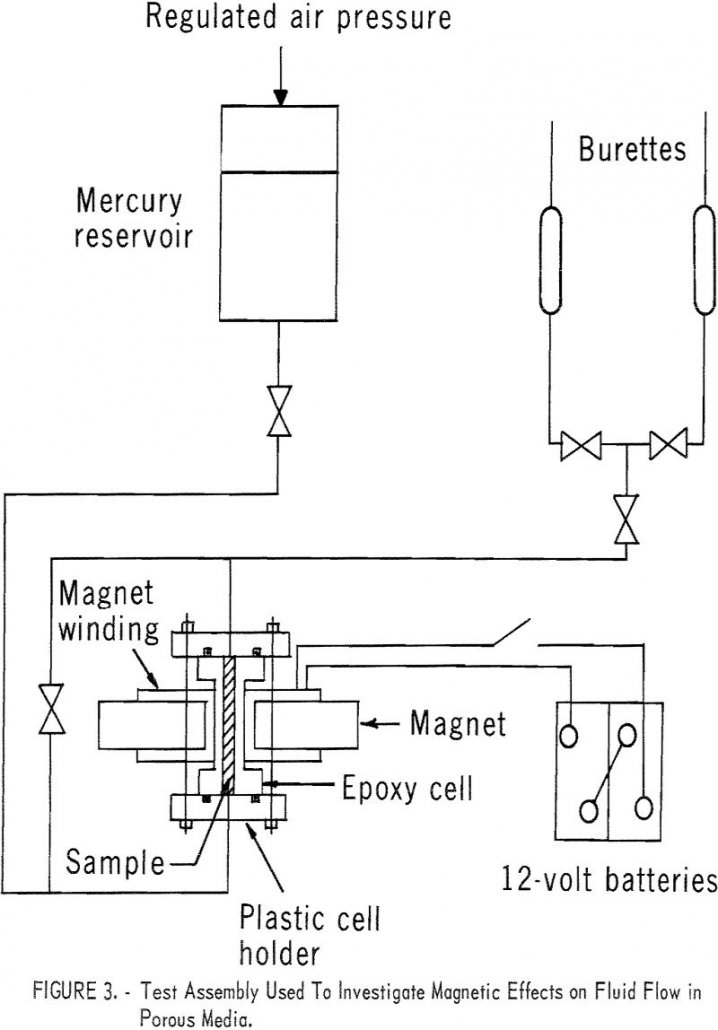
After studying the factors which influence oil recovery from petroleum reservoirs and since the flow behavior of fluids in petroleum reservoir rock depends to a large extent on the properties of the rock, techniques of core study that yield new or additional information on the characteristics of the rock would contribute to a better understanding […]
Dispersion Strengthened Copper
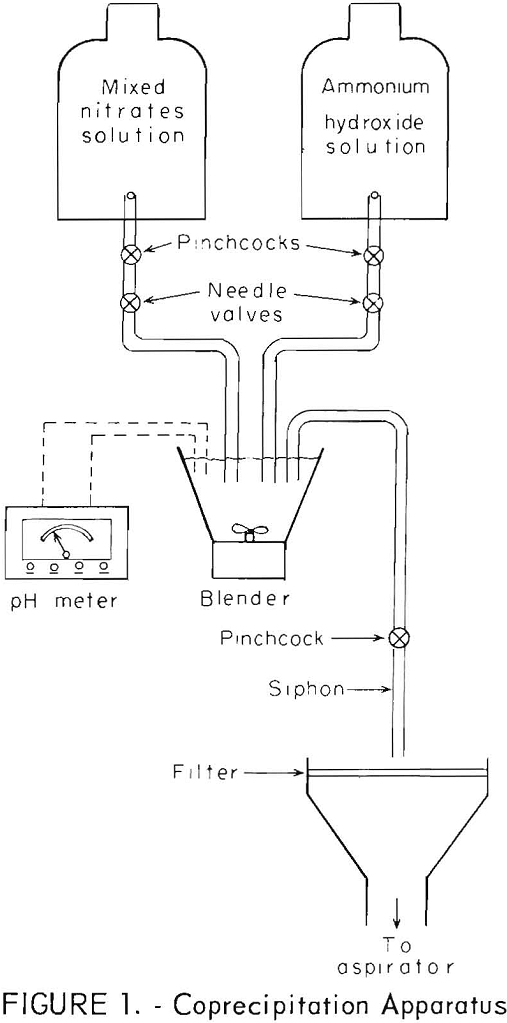
In accordance with a program for developing new materials required for emerging technologies, an investigation was undertaken to determine the properties of dispersion-strengthened copper. The copper contained either alumina or yttria as a dispersoid and was prepared by coprecipitation-a potential method for commercial production. Although the coprecipitation method had been used previously to prepare dispersion-strengthened […]
Solvent Extraction of Nickel and Zinc
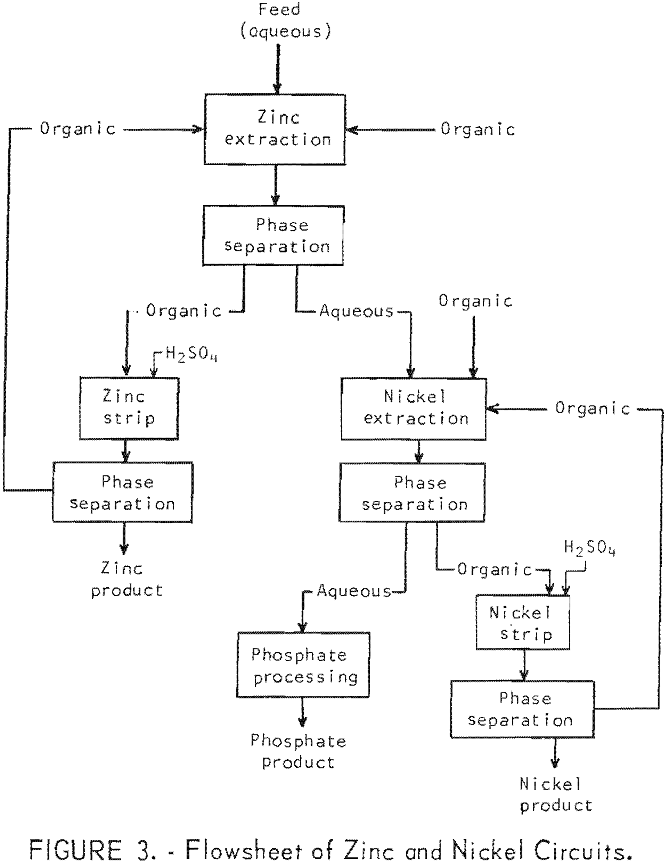
Solvent extraction of a waste solution from the phosphating of automobile bodies led to the following conclusions: Separate zinc, nickel, and phosphate products, essentially free of each others were produced. Zinc was 99 percent extracted by di-2-ethylhexyl phosphoric acid in kerosene, and nickel was 99 percent extracted by dinonyl naphthalene sulfonic acid in butyl ether. […]
Scrap Tire Distillation

Destructive distillation was demonstrated to be a technically feasible method of disposing of and obtaining potentially valuable products from scrap automobile and truck tires. The relative amounts of the various products were shown to be highly dependent on the temperature of carbonization. Highest yields of liquid products were obtained at 500° C and highest yields […]
How to Stabilize Uranium Tailings
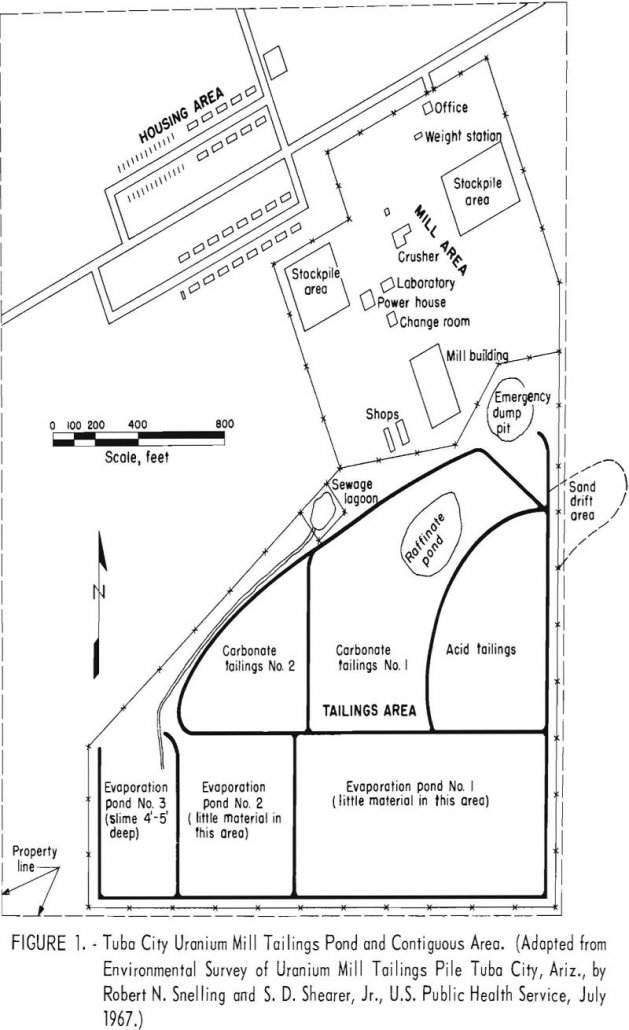
An environmental radiological survey was conducted on the El Paso Natural Gas Co. uranium tailings pile at Tuba City, Ariz., in May 1967, by the South-western Radiological Health Laboratory of the Public Health Service, U.S. Department of Health, Education, and Welfare (HEW). As the abstract of the reports of the survey summarizes the pertinent facts […]
Silver Chloride & Silver Bromide Thermodynamic
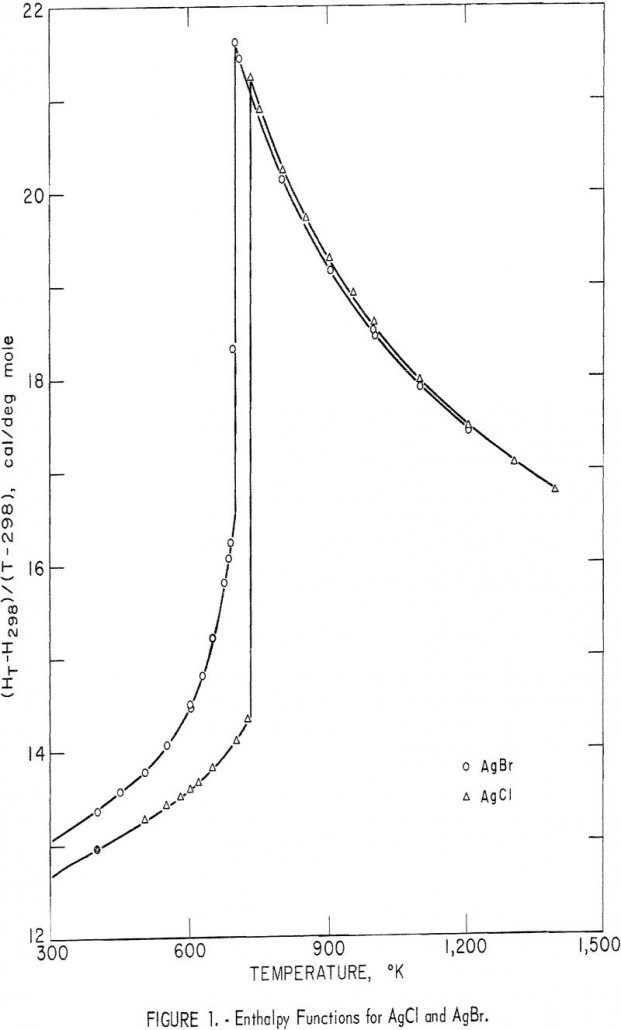
Adequate values for the standard heats and entropies of formation of silver chloride and silver bromide are available. However, thermodynamic calculations involving these substances have been hampered by the lack of accurate high-temperature enthalpy and entropy data. The enthalpy and heat capacity results reported in the literature are fragmentary and conflicting. As part of a […]
